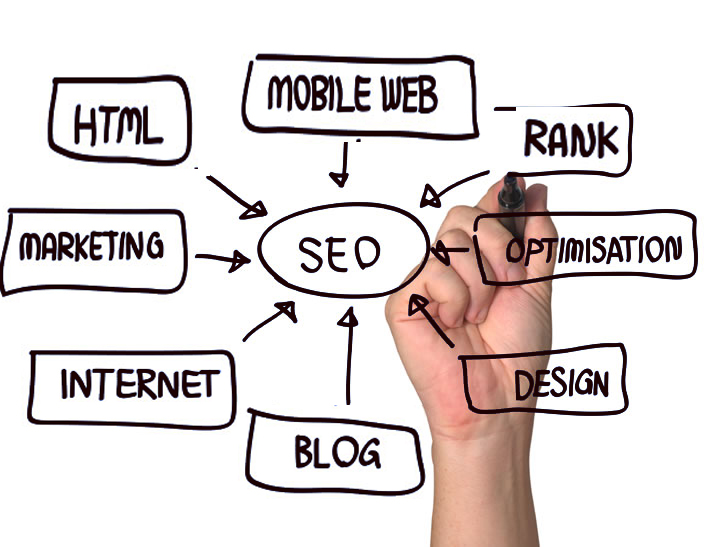

They are recommended for use by Google’s website optimization guidelines, and are therefore also important for search engine optimization (SEO). These image formats can create large savings in file size with advanced compression, without hurting image quality. Using progressive JPEG in your website or app can greatly improve the user experience for users with slow Internet connections.Īnother option for improving load times is next-generation image formats, such as WebP and JPEG-XR.

Progressive loading – initially showing a low quality image, and then increasing quality gradually as more of the image is loaded.

This can be problematic for users with slow connections.
#OPTIMIZE IMAGES FOR THE WEB FULL#
Baseline loading – displaying the image with full quality, from top to bottom.Use Progressive JPEG and Next-Gen File Formats.Rarely used for static images, but increasingly popular for animations. GIF – only supports 256 colors, and provides lossless compression.JPEG – you can balance the quality and file size by adjusting the JPEG quality level, between 1-100%.PNG is lossless, but you can also configure it to enable lossy compression. PNG, which produces high-quality images, but also increases file size.Make sure you select the best file type before starting to modify your image. Here are six key strategies you can use to optimize image files, reduce page load time and improve the user experience. Optimizing images can directly lead to higher rankings and more traffic. Improved search rankings – because page load time and performance is a ranking factor on Google and other search engines.Cost savings – bandwidth costs money, and by optimizing images, websites use less of it and save on hosting and content delivery costs.If images load slowly (even if the rest of the content is visible), web visitors are less likely to engage with the website and eventually convert. Improved customer engagement – images are a central part of the user experience in a modern website.Reduced bounce rates – users are more likely to stay on the page if it loads quickly.The benefits of image optimization include: Simple optimizations, such as resizing images to the actual size they are displayed on the page, or converting to a more efficient image format, can result in dramatic improvement in page load. Therefore, optimizing images to reduce their file size is a key strategy in reducing page load times and improving the user experience. According to HTTPArchive, in 2020 images made up as much as 50% of average bytes downloaded by web visitors. Source What Is Image Optimization and Why Is It Important?Īs the web becomes more visual, images and other rich media have become a major factor in page load time.


 0 kommentar(er)
0 kommentar(er)
